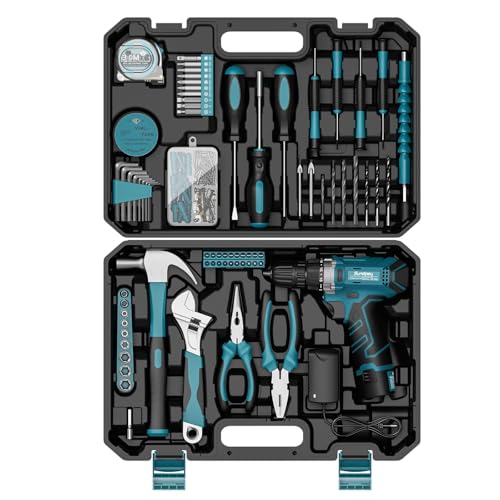I have been charging my 2016 eGolf over 110 V ( 1.3 Kw) for about 3 years now. Even with my 60 mile commute, it has been more than sufficient. I have seen almost no battery degradation, I can pretty easily still get 90 real world miles, without too much problem.
I now have 2019 eGolf(7.2Kw) and Juicebox Pro 40 ( 10kw capabable). Wondring if folks who have been charging at level 2 speeds have seen any degradation over the years?
Wondering if I should continue charging a 1.3Kw/3.3kw instead of the 7.2kw(capable)
I now have 2019 eGolf(7.2Kw) and Juicebox Pro 40 ( 10kw capabable). Wondring if folks who have been charging at level 2 speeds have seen any degradation over the years?
Wondering if I should continue charging a 1.3Kw/3.3kw instead of the 7.2kw(capable)

































